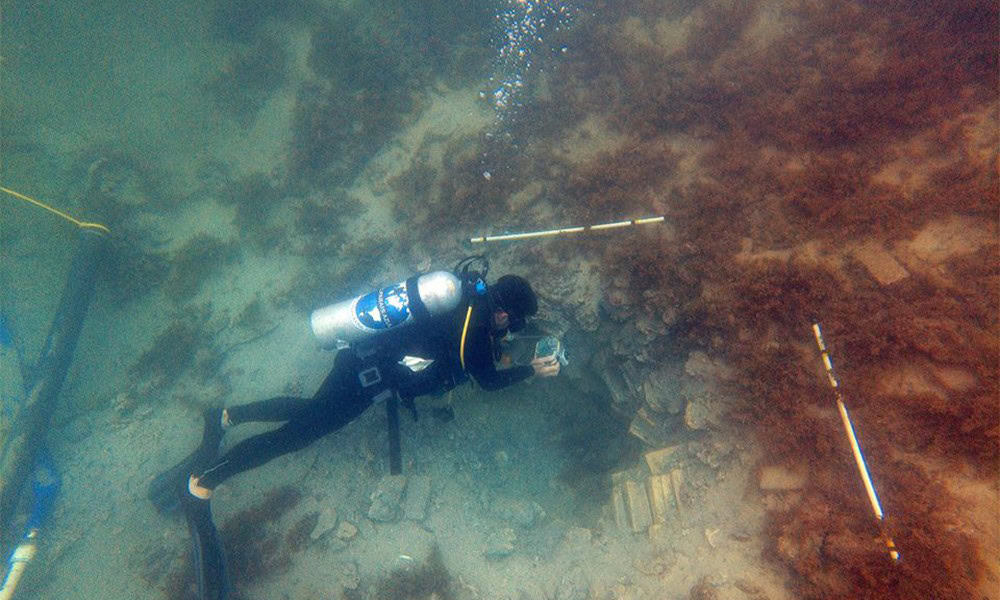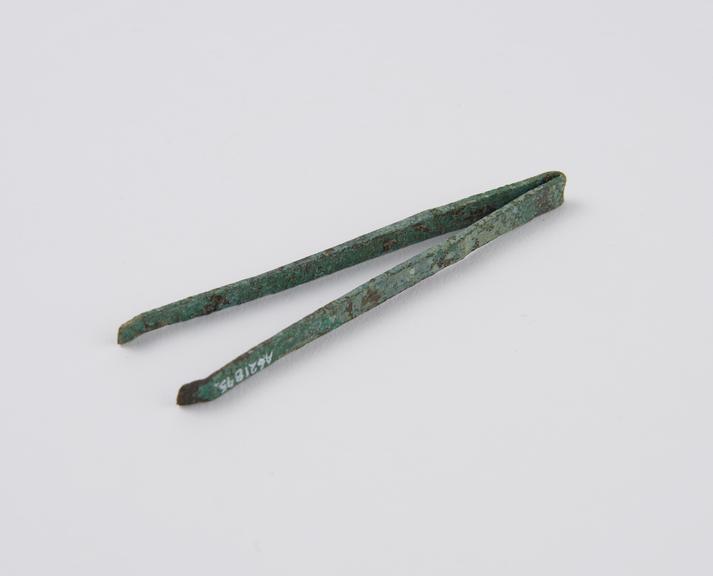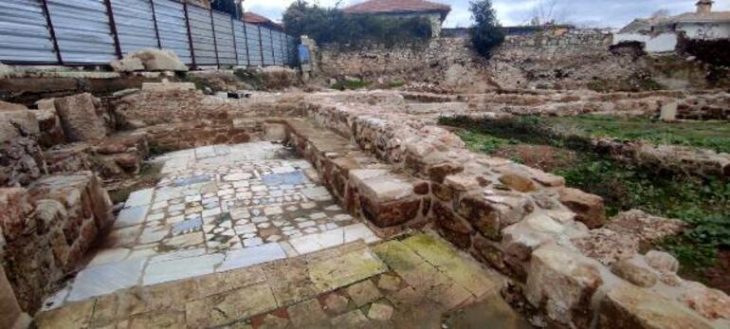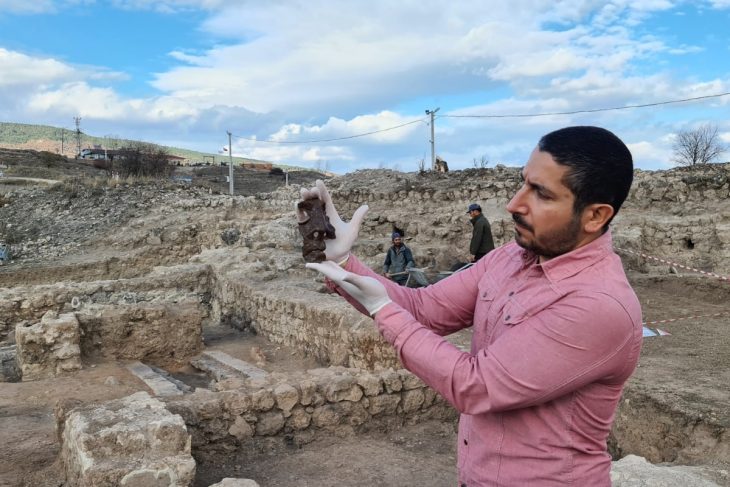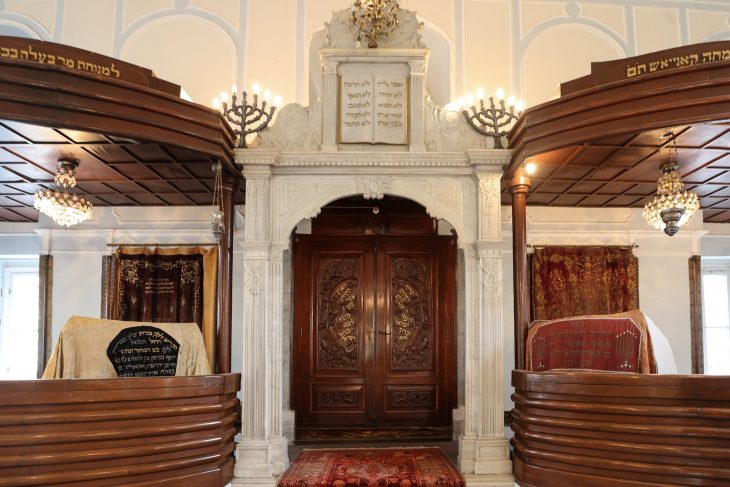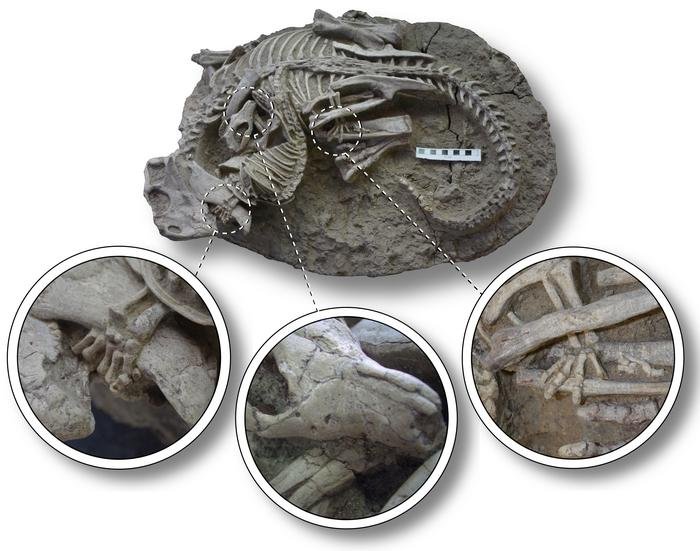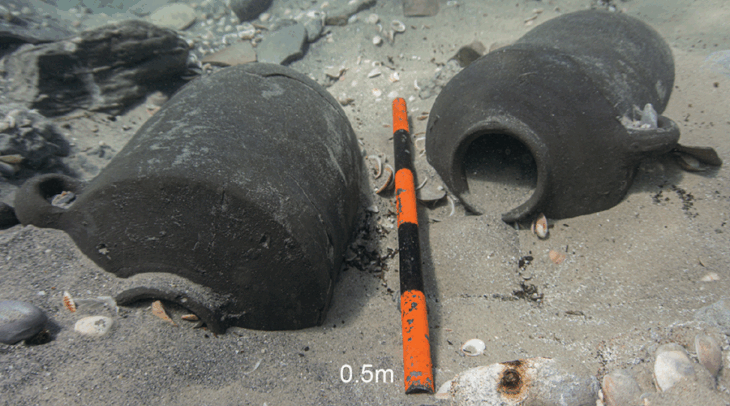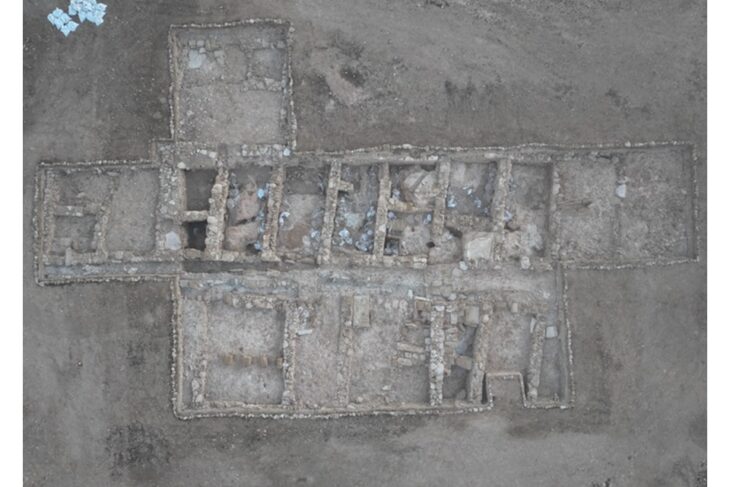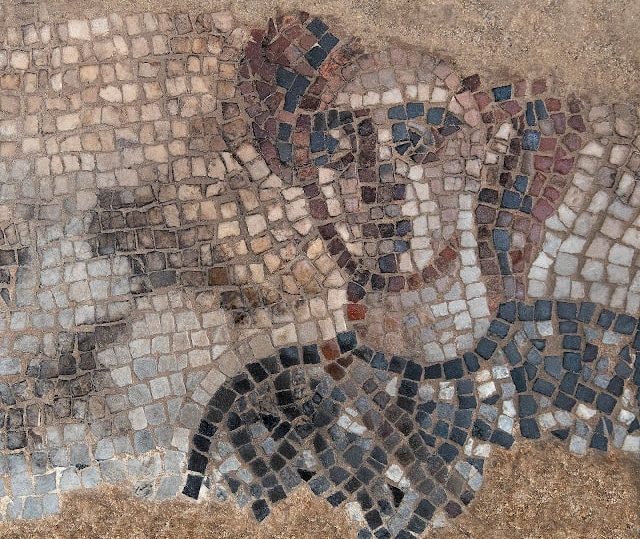Marine archaeologists have definitively identified two long-known shipwrecks off the coast of Cahuita National Park in Costa Rica as the remnants of Danish slave ships that vanished centuries ago. This revelation not only sheds light on a significant chapter of maritime history but also restores the ancestral lineage of a local community, affirming their roots in a narrative long obscured by time.
For years, the wrecks, situated in the shallow waters of Costa Rica’s southern Caribbean coast, were locally believed to be pirate ships due to their dispersed and broken state. This assumption, held by fisherpeople who settled in the area in 1826, stemmed from the belief that the vessels might have capsized during a battle.
However, the ships’ true identities came into question in 2015 when American marine archaeologists unearthed distinctive yellow bricks within one of the wrecks. These bricks were a crucial clue, as they were produced in Flensburg, Germany, during the 18th and 19th centuries specifically for Denmark and its colonies, a style not common in other European nations at the time.
Historical records had documented the 1710 shipwreck of two Danish slave vessels off the Central American coast: the Fridericus Quartus, which was set ablaze, and the Christianus Quintus, which was swept away after its anchor rope was severed. The precise location of these wrecks, however, remained unknown until recent investigations.
In 2023, marine archaeologists from the National Museum of Denmark and Denmark’s Viking Ship Museum conducted an underwater excavation of the Costa Rican sites. They retrieved wood samples, brick fragments, and several clay pipes. Subsequent scientific analyses at the National Museum and the University of Southern Denmark corroborated the historical accounts.
📣 Our WhatsApp channel is now LIVE! Stay up-to-date with the latest news and updates, just click here to follow us on WhatsApp and never miss a thing!!
Tree-ring dating of oak wood from one wreck indicated its origin in the western Baltic Sea region, encompassing Denmark, northeastern Germany, and southern Sweden, with the tree felled between 1690 and 1695. The yellow bricks matched the dimensions of those manufactured in Flensburg for Danish use, and the clay used in their production was traced to southern Denmark, specifically areas known for brick-making in the 18th century. Furthermore, the size, shape, and designs of the recovered clay pipes identified them as Danish artifacts made just before the 1710 shipwrecks.
“The analyses are very convincing, and we no longer have any doubts that these are the wrecks of the two Danish slave ships,” stated David Gregory, a marine archaeologist and head of the maritime research center Njord at the National Museum of Denmark. He highlighted the charred and sooty timbers, aligning perfectly with historical accounts of one ship burning.
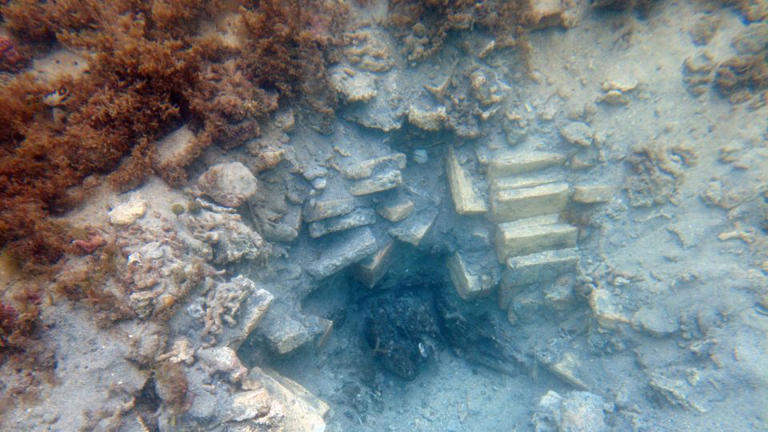
Andreas Kallmeyer Bloch, another marine archaeologist who led the excavations, emphasized the significance of the discovery for both Danish history and the local population in Costa Rica. He recounted the dramatic journey of the ships from Copenhagen to West Africa and their eventual arrival at Cahuita, marked by a rebellion by the enslaved people, a navigational error, and a mutiny by the crew.
Historical archives reveal that approximately 800 individuals were aboard the two ships. Due to smog, the vessels went off course, landing in Costa Rica on March 2, 1710. Fear of pirates and local inhabitants led to disagreements among the captains, culminating in a mutiny by both sailors and the enslaved Africans, after which around 650 people remained.
“The most dramatic part is the lives that changed due to this event. More than 600 Africans were left on the beach, in what today is Cahuita National Park,” Bloch explained. He underscored the profound impact of this discovery on the identity of the local Afro-Costa Rican community, proving their presence in the Limon province a century earlier than official records indicated.
This decade-long effort to identify the shipwrecks and connect them to the community’s heritage was spearheaded by a group of young scuba divers of African and Indigenous descent. Maria Suarez Toro, founder of the Ambassadors of the Sea Community Diving Center, noted their immense pride in uncovering their roots.
Celia Ortíz, a descendant of Miguel Maroto, one of the enslaved individuals who disembarked from a ship, shared that this discovery brought “new light” to her 103-year-old mother’s life.
The National Museum of Denmark officially confirmed the identification on Sunday. This landmark finding, supported by Denmark’s Njord research center and collaborations with various universities and Costa Rican conservation entities, marks Costa Rica’s first underwater archaeological excavation. To protect the artifacts and marine environment, the wreck sites will be limited to non-invasive tours.
Historical records suggest that around 100 of the approximately 690 enslaved Africans aboard the ships were later recaptured and sent to cacao plantations, while others escaped. This discovery provides critical new insights into the region’s colonial history and the transatlantic slave trade, with Costa Rica’s National System of Conservation Areas (SINAC) planning to integrate these findings into educational programs at Cahuita National Park.
Cover Image Credit: John Fhær Engedal Nissen, The National Museum of Denmark.

